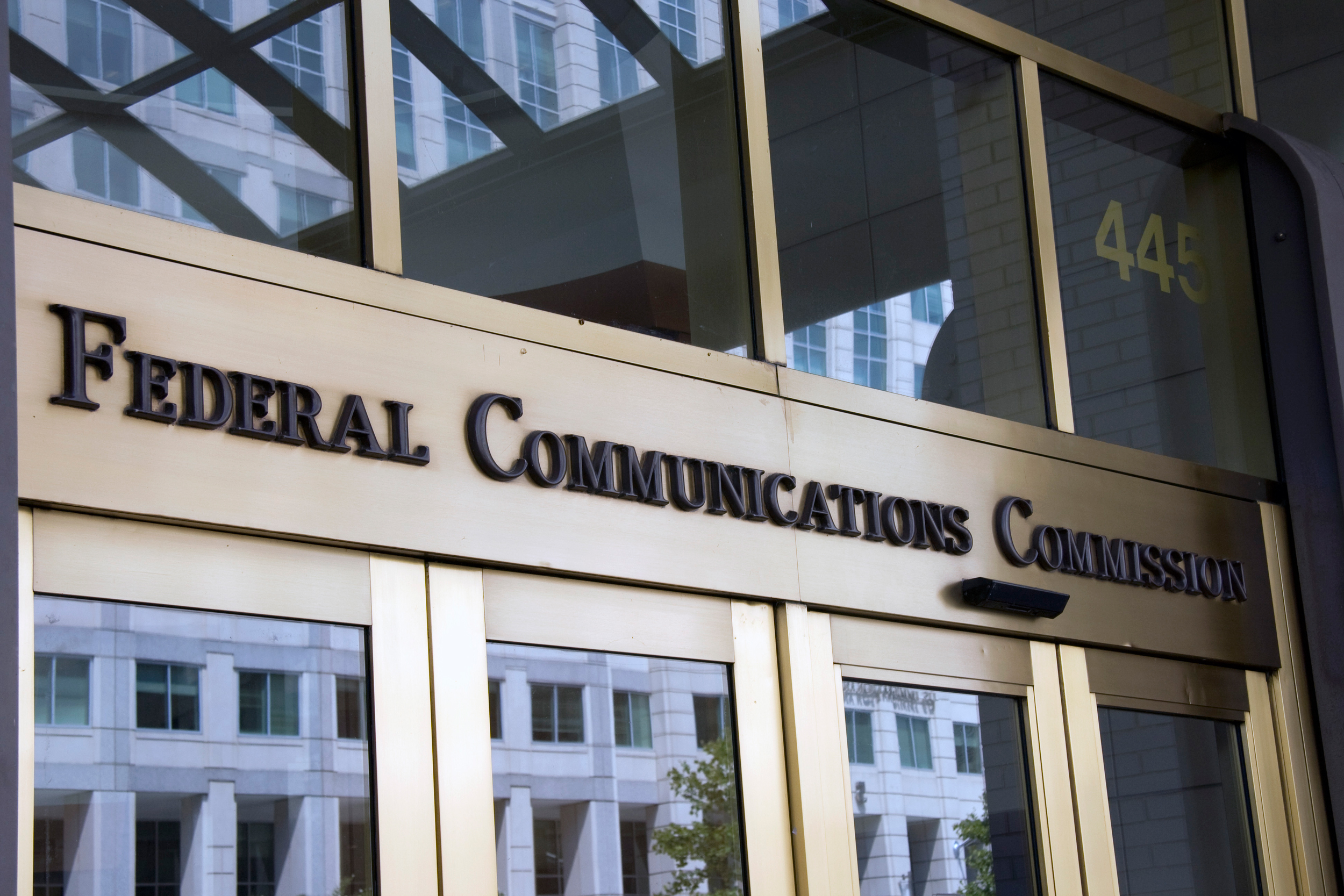Nexstar, Tribune to FCC: Cap Should Be at Least 78%

Most of a dozen broadcast groups, including Nexstar and Tribune, have told the FCC, in a Hippocratic Oath approach to deregulation, to first do no harm to the current "status quo" audience reach cap of 78%.
Actually, the cap is still 39% for VHFs. But since UHF is the stronger, more valuable, signal in the digital age, and an owner can, if it had only UHF stations, reach up to 78% of the national audience given the 50% UHF discount, making it a straight 78% across the board is the least the FCC should do, they argue. The most would be to eliminate the cap, but they focus on what they say is the least it should do.
That came in a filing Monday (March 11) by ION, Univision, Trinity, Nexstar, Tribune, Word of God Fellowship (Daystar Television), Northwest Broadcasting, Ramar Communications, Meruelo Media, Ellis Communications, and Entravision.
Some have suggested raising the cap only to 50%, which these groups say is just not enough.
"Limiting broadcasters’ potential audience reach based on the crude proxy of total Nielsen Television Households is an arbitrary, unfair restraint on their ability to compete with increasingly national, and indeed global, players in the television programming industry," they said. "If the Commission nevertheless chooses to maintain a cap, in the absence of an empirical basis for any numerical limitation, it should at least preserve Congress’ determination and intent based on its review of the video distribution market nearly 15 years ago, i.e. 78%."
In 2004, Congress set the 39% cap along with the UHF discount, but the world has changed since then, they point out.
"Television broadcasters’ biggest competitors for viewer eyeballs and advertiser dollars – cable television networks and internet video – face no ownership limitations at all. Netflix isn’t subject to any national audience reach limitations and reaches into every household with an internet connection. Likewise AT&T, which reaches into every household with an internet or mobile or satellite connection. If the video market is to function fairly and efficiently, broadcasters should also be allowed similar nationwide flexibility."
Related: O'Rielly Says It's Time to Jettison Myopic Vision of Broadcast Market
Broadcasting & Cable Newsletter
The smarter way to stay on top of broadcasting and cable industry. Sign up below
The FCC is currently considering both the cap and the UHF discount and has gotten plenty of advice, including scrapping the cap, as Nexstar has earlier proposed, or raising it for affiliates, but not owned stations, or only raising it to 50% without a discount, which would be an increase for VHFs but a downgrade for UHFs.
Contributing editor John Eggerton has been an editor and/or writer on media regulation, legislation and policy for over four decades, including covering the FCC, FTC, Congress, the major media trade associations, and the federal courts. In addition to Multichannel News and Broadcasting + Cable, his work has appeared in Radio World, TV Technology, TV Fax, This Week in Consumer Electronics, Variety and the Encyclopedia Britannica.

